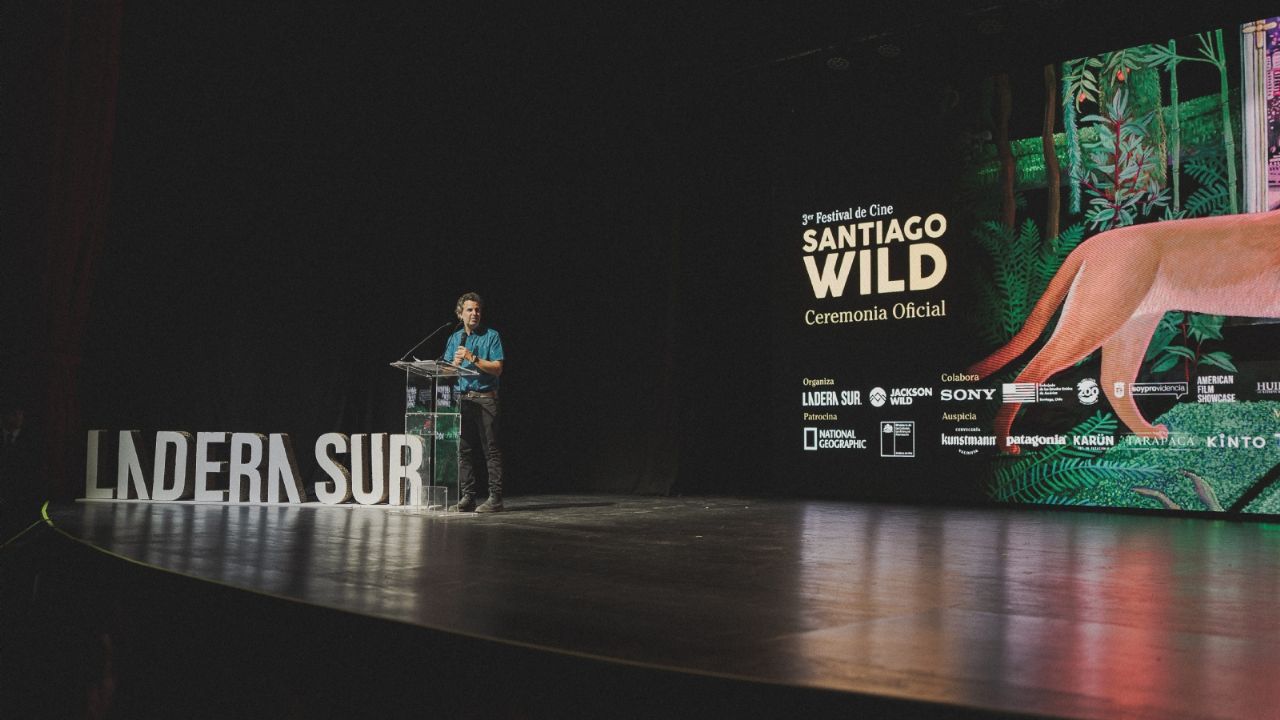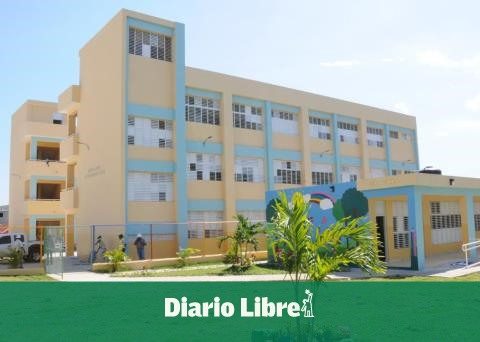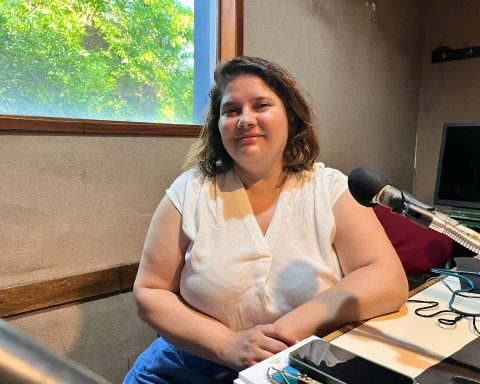This March 30, the winners of the two competing categories of the Santiago Wild festival were announced, which, in this third version in our country, had more than 40 films shown, becoming a national and Latin American benchmark in cinema dedicated to wildlife. .
Organized by south slopeand the support of National Geographic Society and the Jackson Wild International Festival, this innovative event received more than 700 documentaries and only 20 of them became, in the eyes of an outstanding international jury, the most representative of the festival. Of these, only 4 were the winners, corresponding to two categories.
In the New Latin American Voices section, the winner for best feature film was the film “Expedición Tribugá” by Luis Villegas, Felipe Mesa and Francisco Acosta; documentary that records two geographical features: the Jánano and Jananito hills, revealing their myths and history, and making visible what the Gulf of Tribugá means for Colombia, the continent and the world. The winners in this category will receive tickets and lodging to participate in the renowned Jackson Wild festival in the United States.
In Best Short Film, Lucía Flórez’s film “Shirampari, heridades del río” was the winner, a film that follows the journey of Ricky, an eleven-year-old boy who must overcome his fears and catch a giant catfish to embark on his journey to adulthood. . The film was made entirely in the Asháninka language and addresses issues such as the transmission of essential knowledge for life in the Amazon, the importance of territory and identity.
In the Latin American category from the eyes of the world, the winner for Best Feature Film was “Sonora”, by Johnny Holder; feature length experimental documentary that explores the human sensory connection with nature through the mind of Juan Pablo Culasso, a blind birdwatcher in Colombia. While for Best Short Film: “The Indicators” by Kurt Sensenbrenner, a film that tells the story of Torti, a small town in eastern Panama, located in a region known for its rich biodiversity. However, this biodiversity is endangered due to high rates of deforestation for timber extraction and monocultures. By studying local butterfly populations, they discover that these can be used as bioindicators of forest health.
The public was another of the protagonists of the contest. They were the ones who chose “Chungungo, re-ottering Chile” as their favorite, with 24% of preferences. The director Valentina Díaz shows the work carried out by the NGO Chinchimén to reinsert Chungungos in areas where they are almost extinct.
“We are happy with the selection of winning films from the film festival; they all portray very inspiring stories about very current problems that cannot be left aside and it is precisely this work that we give visibility to” explains Martín del Río, director of Santiago Wild.
After the exhibition of the films between March 23 and April 2, in online and face-to-face formats, now it also contemplates the projection of the documentaries in other regions of Chile.
















